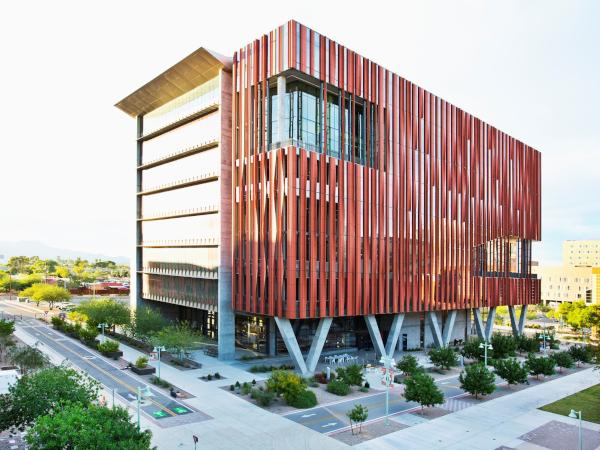
Date: 17 July 2024
Vitro Architectural Glass (formerly PPG Glass) is marking 60 years of evolution and innovation of Solarban® glass, the flagship brand for one of the industry’s most environmentally advanced lines of solar control, low-emissivity (low-e) glasses. Solarban® glass, one of the earliest coated energy-efficient glass brands, has driven the sustainable building movement with significant energy savings and transparency. This has enabled architects and designers to achieve and exceed eco-friendly design goals.
Introduced in 1964, Solarban® glass was a pioneer among coated glasses designed to deflect heat from buildings. Its innovative design improved occupant comfort, reduced utility expenses related to HVAC systems and laid the foundation for sustainable design and construction.
Over the past six decades, Solarban® glass and its precursors have been at the forefront of multiple groundbreaking advancements, continuously reshaping architectural glass performance. In the 1980s and early 1990s, single-silver and double-silver glasses were introduced, which helped enhance year-round comfort in homes and buildings while saving on heating and cooling costs. In 2000, the world was introduced to the first double-silver vacuum temperable low-e glass that allowed for post-manufacturing fabrication, Solarban® 60 glass.
The world’s first triple-silver low-e glass, Solarban® 70 glass (formerly Solarban® 70XL glass), was introduced at Greenbuild in 2005 and rapidly became the most commonly specified triple-silver low-e coated glass in the industry, with more than 700 million square feet shipped since its inception. In 2015, the first-ever quad-silver low-e glass, Solarban® 90 glass, was introduced as Vitro’s highest-performing solar control low-e coating.

“Solarban® glass has continually pushed the limits of energy capabilities and clarity, achieving advancements never before seen and becoming one of the industry’s most advanced, proven and trusted solar control low-e glasses specified for countless projects worldwide,” said Martin Bracamonte, Vitro Architectural Glass Senior Vice President of Innovation. “With Solarban® glass, building owners can confidently expect significant savings on their energy bills while providing a comfortable and visually appealing environment for occupants.”
Since its inception, the Solarban® family of products has been continually expanded and refined to meet the aesthetic and energy efficiency demands of architects and building owners. Today, the Solarban® glass family includes many high-performance solar control low-e options that increase energy efficiency, reduce building operating costs and elevate aesthetics.
Solarban® glass products feature some of the highest light-to-solar gain (LSG) ratios in the industry. They can be combined with other Vitro glass options like VacuMax™ Vacuum Insulating Glass (VIG), Sungate ThermL™ glass, Starphire Ultra Clear® glass, Acuity® glass, Optiblue® glass and a range of tinted glasses for even better performance and aesthetic effects.
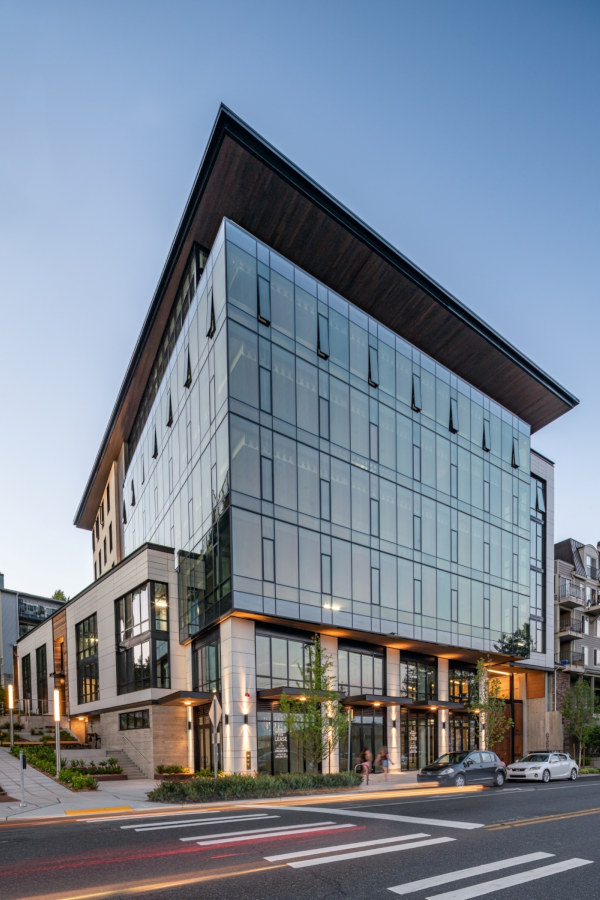
To learn more about Solarban® glass and how it can help achieve your design objectives, visit vitroglazings.com/solarban/.
For more information about other Vitro Architectural Glass products, visit www.vitroglazings.com or call 1-855-VTRO-GLS (887-6457).
 600450
600450

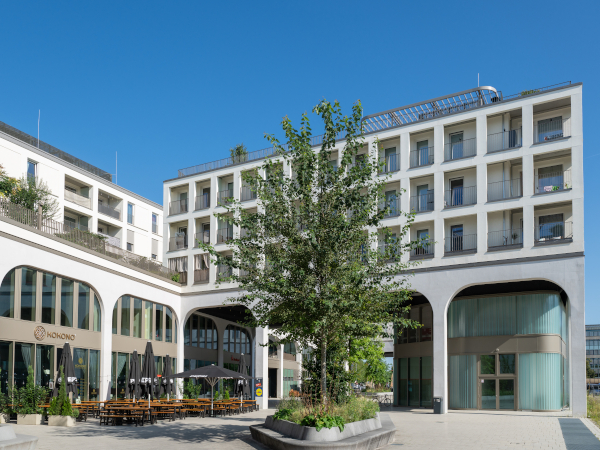



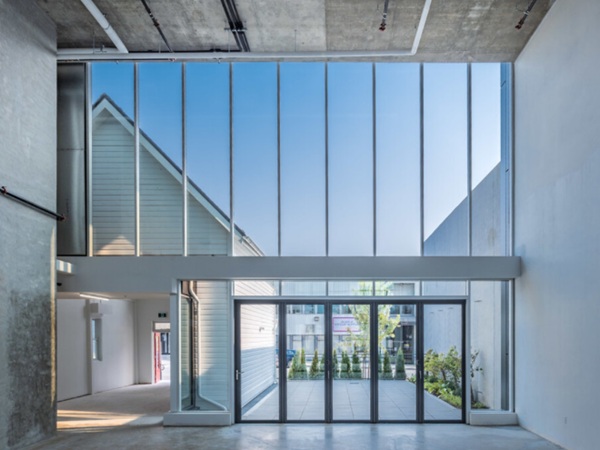













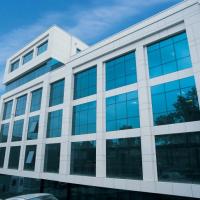
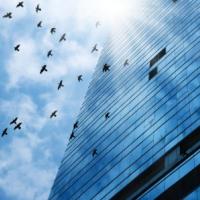
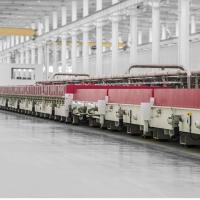

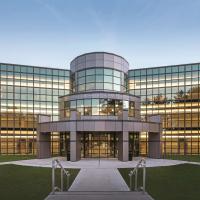
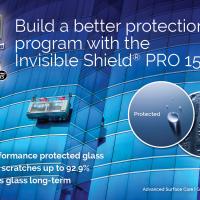
Add new comment